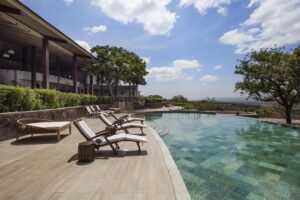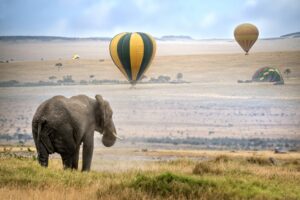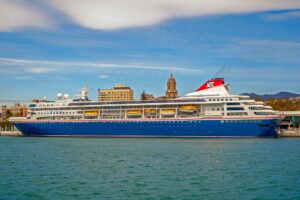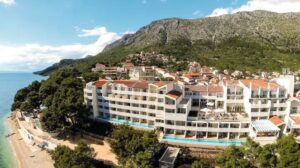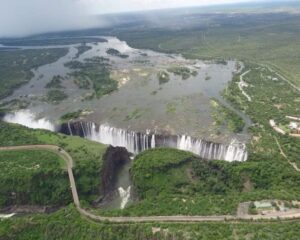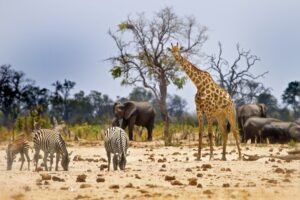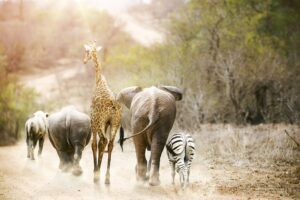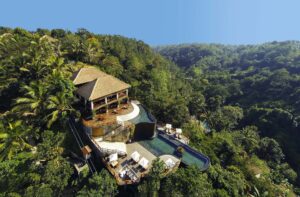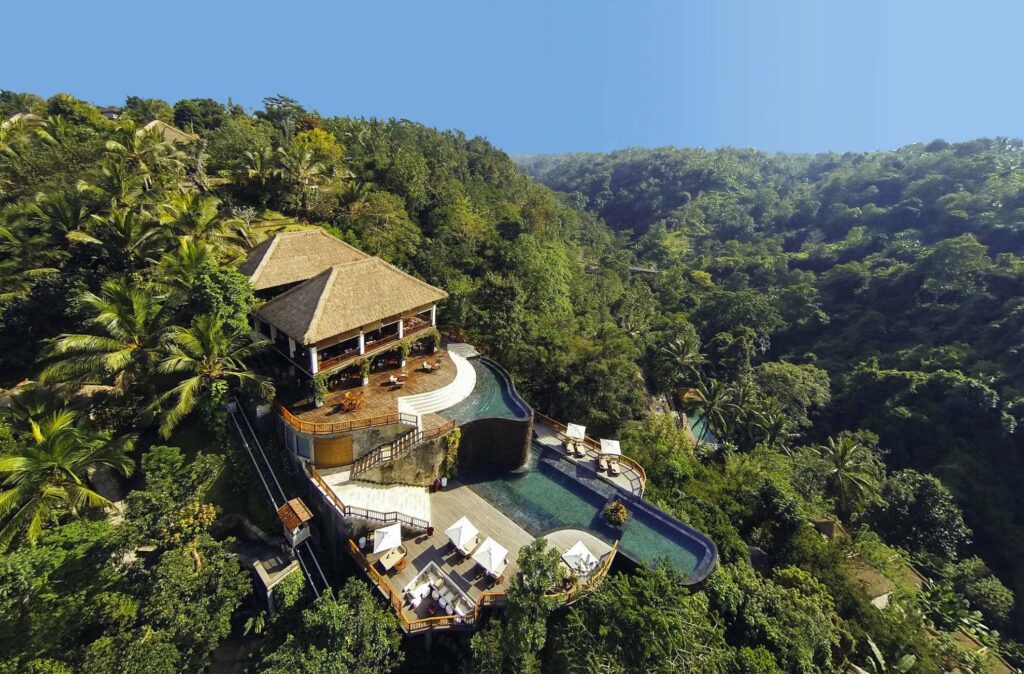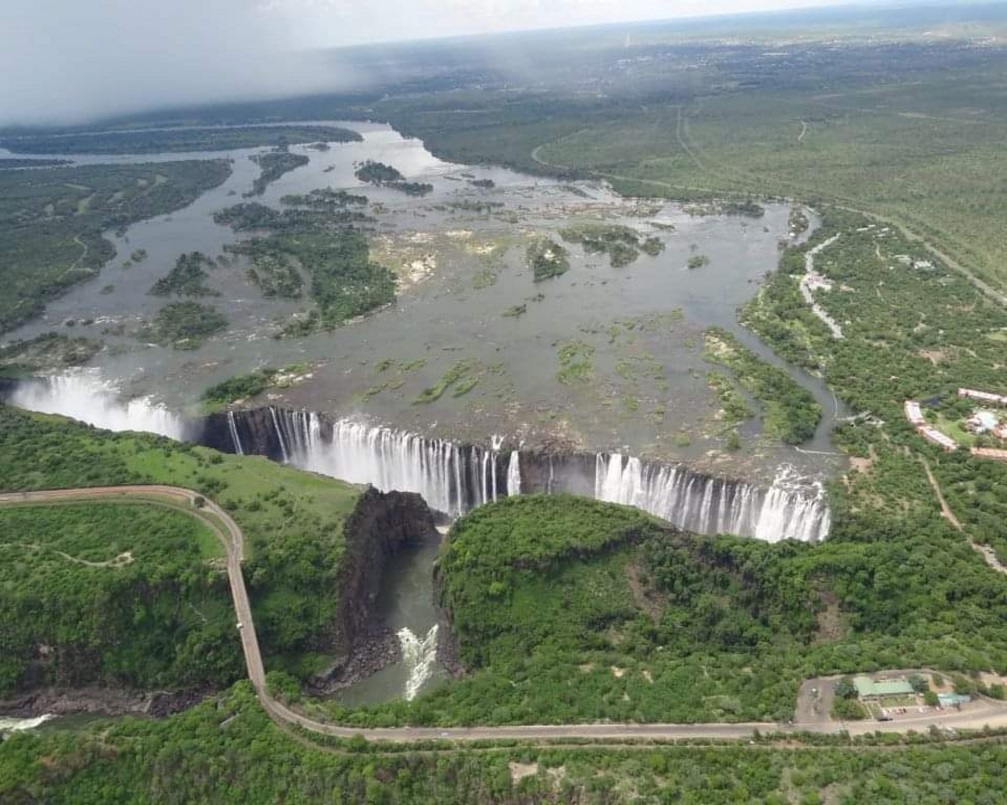Tanzania
Nothing compares to witnessing the Great Migration of wildebeest on a safari in Tanzania. What’s more, this land of awe-inspiring contrasts features Mount Kilimanjaro and the white sand beaches of Zanzibar.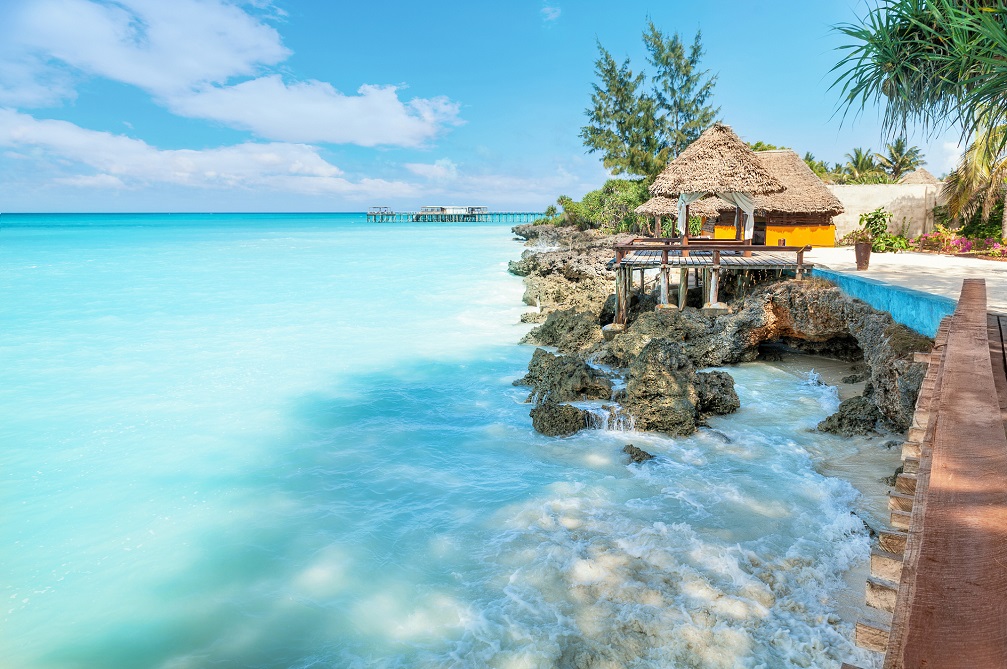
The country is home to the renowned Mount Kilimanjaro, the highest peak on the African continent, which makes for a challenging hike comparable in some ways to trekking Mount Everest.
A quarter of Tanzania’s land is dedicated to national parks, conservation areas, and reserves. The most notable are UNESCO World Heritage Sites: the Serengeti National Park and the Ngorongoro Conservation Area; both areas are ideal for game drives and viewing the annual migration of wildebeest and zebra.
Not far off from mainland Tanzania are the autonomous territories of Zanzibar, Pemba, and Mafia. These islands and archipelagos are a stunning contrast to the mainland and give Tanzania a tropical charm that appeals to many visitors. Zanzibar is prime for snorkeling and parasailing; Pemba Island for lazing on tranquil beaches and sailing; and Mafia Island for kayaking and diving.
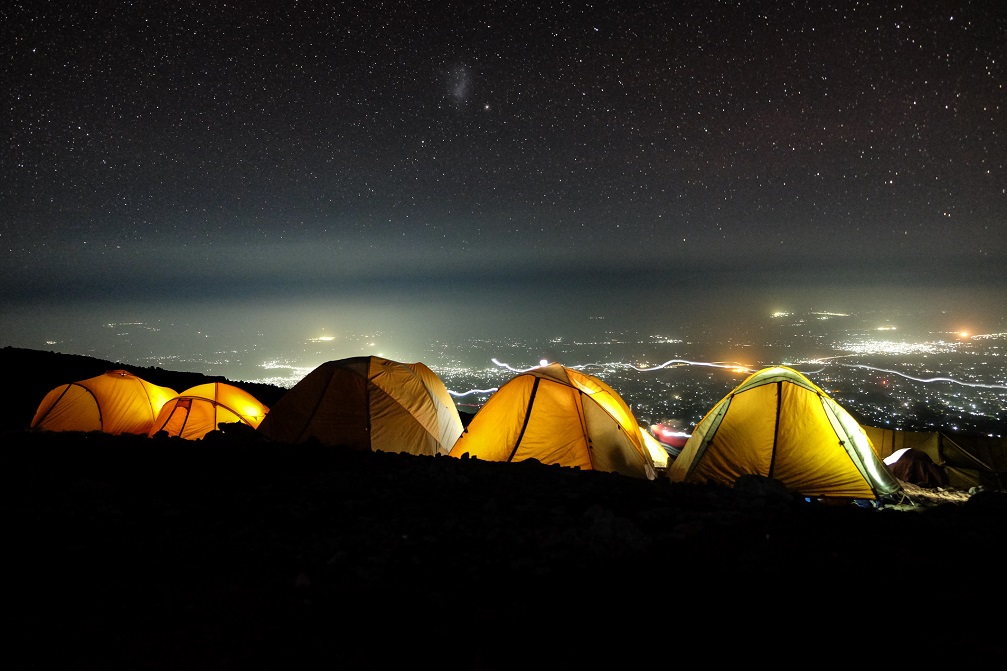


Tanzania is located on Africa’s eastern coast, right below the equator. It shares a border with Uganda, Kenya, and Lake Victoria in the north; Mozambique, Malawi, Lake Nyasa, and Zambia in the south and southwest; and Rwanda, Burundi, and Lake Tanganyika in the west.
The Indian Ocean resides on the eastern side of the country and Tanzania’s offshore Islands and archipelagos: Zanzibar, Pemba, and Mafia.
Tanzania has three geographical regions: the inland plateau, the highlands, and the coastal plains and islands in the east.
The central plateau lies between the East African Rift System that runs through Tanzania in two parts. Desert plains dominate areas with low rainfall. In the north of the plateau, the land is more fertile, and this is where one would find Tanzania’s capital city, Dodoma. The southern region of the plateau is dedicated to the Selous National Park, a UNESCO World Heritage Site.
Forests and woodlands kept alive by the heavy, regular rains in the region characterize the highlands. The Southern Highlands consist of the Fipa plateau and the Kipengere, Udzungwa, and Livingstone Mountains. The largest city in this area is Mbeya.
The Northern Highlands mostly has a mountainous terrain. They contain Tanzania’s most prominent mountains and mountain ranges (Usambara, Pare, Meru, and Kilimanjaro), the world’s largest volcanic depression (the Ngorongoro Crater), and an active volcano (Ol doinyo Lengai).
The Zanzibar archipelago is a tropical paradise located 35 kilometers (22 miles) from Tanzania’s shore in the Indian Ocean. The island is long and low-lying, with small ridges. A few small rivers dominate the gently undulating highlands and drain west into the neighboring sea or coral country.
Pemba Island lies north of Zanzibar. It is the more fertile of the islands and features a hilly landscape. Mafia Island is located south of Zanzibar at the mouth of the Rufiji River and forms part of a small archipelago.
Tanzania has a generous supply of lakes and inland rivers. The two great lakes of the country are Victoria and Tanganyika, while Nyasa is also noteworthy.
Lake Tanganyika is the world’s second deepest lake and houses unique fish species. The lake is part of the western branch of the East African Rift System. The eastern arm (The Great Rift valley) runs from the northeast regions of Africa. It extends through Tanzania to the south, where it splits at Lake Nyasa by the border shared with Mozambique.
Lake Victoria is Africa’s largest lake and the world’s second-largest freshwater lake. About fifty percent of the lake resides in Tanzania, and the remainder is split between Uganda and Kenya.
Some rivers within the country flow into the Indian Ocean. Except, the Rufiji River, the largest in Tanzania, flows into Lake Victoria.
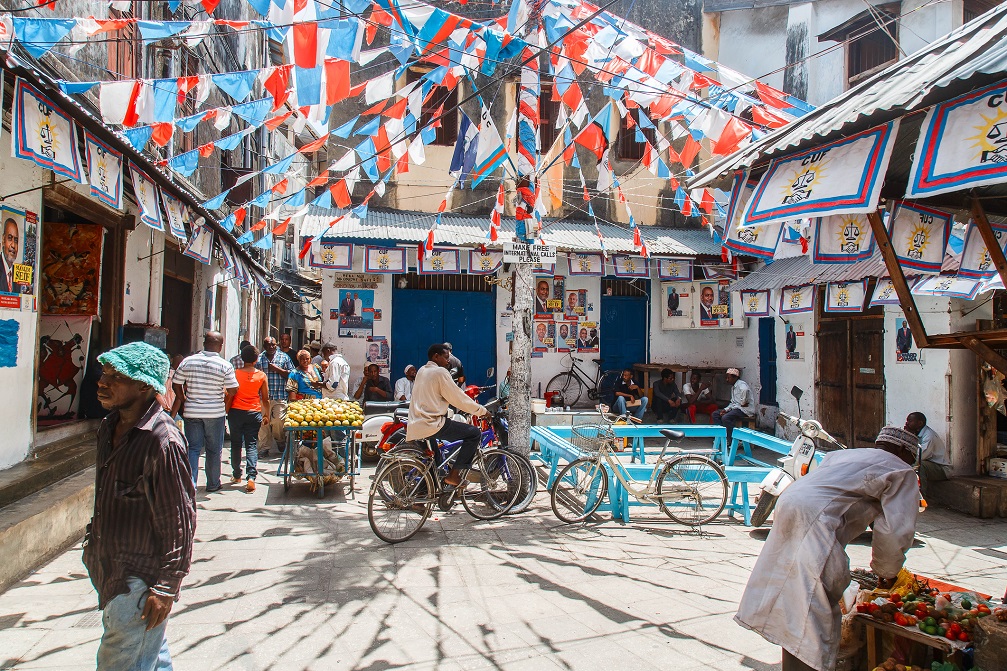


Tanzania’s different climatic zones may make it hard to figure out when to visit the country.
Mainland Tanzania has four climates unique to its geographic zones.
The shoreline along the Indian Ocean has hot and humid weather; the central plateau is hot and arid; the northern highlands are populated with mountains and lakes, notably Kilimanjaro and Natron, and the northeast and southwest highlands have tropical climates to temperate weather.
The offshore islands—Zanzibar, Pemba, and Mafia—are dominated by a tropical and humid climate influenced by the surrounding sea.
The changes in elevation across Tanzania moderate the high temperatures associated with the proximity to the equator. So even though the country’s position beside the equator doesn’t significantly influence the climate, it does the seasons.
Tanzania has a dry and wet season. The dry season is from June to October, while the wet season occurs from December to April, with rain falling in short bursts in the country’s interior.
Rainfall occurs during two periods in the coastal areas and on the islands: from November to December (‘short rains’) and from March to May (‘long rains’).
The best time to visit is during the dry season that runs from June to October. These dry summer months are prime for safaris. But if you want to witness the great migration in the Serengeti National Park, June and July are the best months.
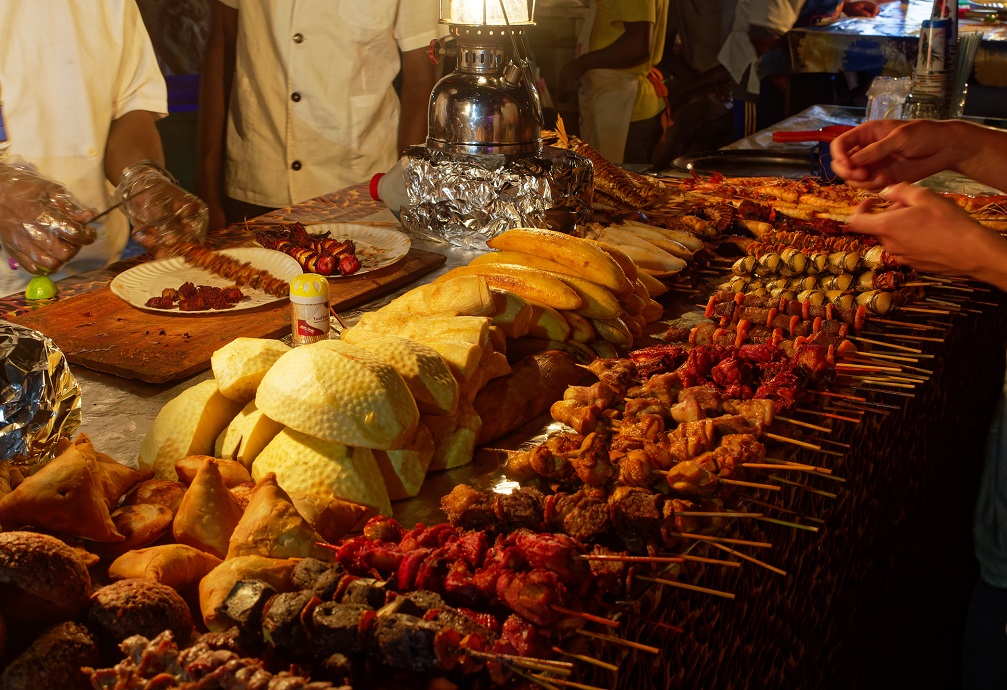


The several ethnic groups residing in Tanzania make Tanzanian cuisine distinct from region to region.
Although the ingredients, spices, and preparation styles differ, carbohydrates are the staple of most meals preferred by Tanzanians. In the south, most dishes consist of rice; in the northwest, plantains are a common supplement to the local diet; and in the north and southwest, Ugali (mashed sorghum and corn) is the main component of meals.
Dishes are made complete with meat, poultry, or seafood, in either a stew or fried, vegetables (beans, sweet potatoes, pumpkin), and spices.
Celebrating special occasions with feasts and heaping platters of food like pilau (rice fried with onions, garlic, and dried spices like cumin and cardamom) is customary for Tanzanians.
Other must-try traditional dishes include Nyama Choma (grilled meat), Mshikaki (marinated meat skewers), and Zanzibar pizza.
Besides the traditional Tanzanian meals, Asian cuisine is also popular in the country. Samosas and chapatis are some of the food found in the larger towns and cities.
Tanzania also has a wide variety of finger food like fried plantains or sweet potatoes, shish kebabs of beef or goat, and dates.
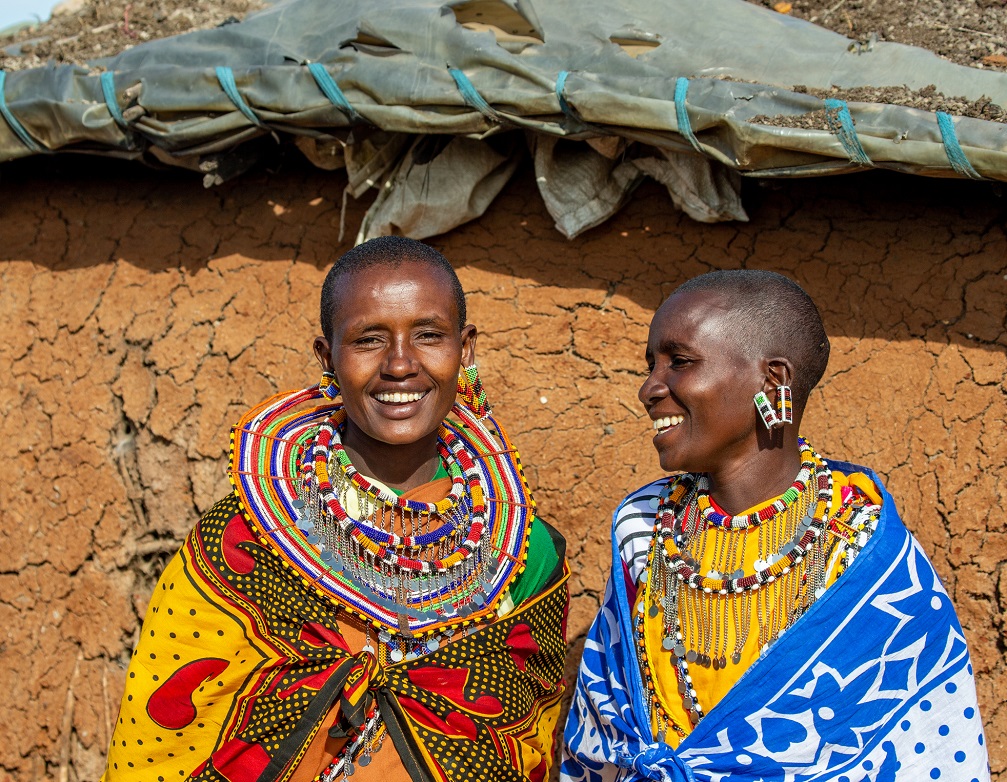


Tanzanians are conservative people, and they value modesty in how they dress. Although this may apply more to villagers in rural areas because people in urban cities are considered more liberal, visitors must still dress appropriately.
When out in public, women should cover their knees and shoulders. Go for loose-fitting pants and long, flowy dresses. Some local women wear headscarves—Islam or other traditions require them to—but you aren’t required to. If you plan on visiting religious sites, make sure your shoulders, arms, and knees are covered. You may also need to wear a headscarf.
Men should avoid wearing shorts. The locals consider this type of dress reserved for boys, so it’s deemed inappropriate for men. Instead, Khaki trousers and dress shirts are the way to go.
For a safari, it’s best to wear breathable, neutral-colored clothing. Anything too bright will spook the animals. Darker-colored clothing is not recommended either because they attract Tsetse flies that bite.
Night-time temperatures can get pretty low, so pack light jackets and jerseys. If you plan to venture out at night, make sure you have long-sleeved garments to cover exposed skin because of mosquitos.
There is a non-negotiable rule against nudity on beaches. Make sure your swimwear isn’t too revealing as well.
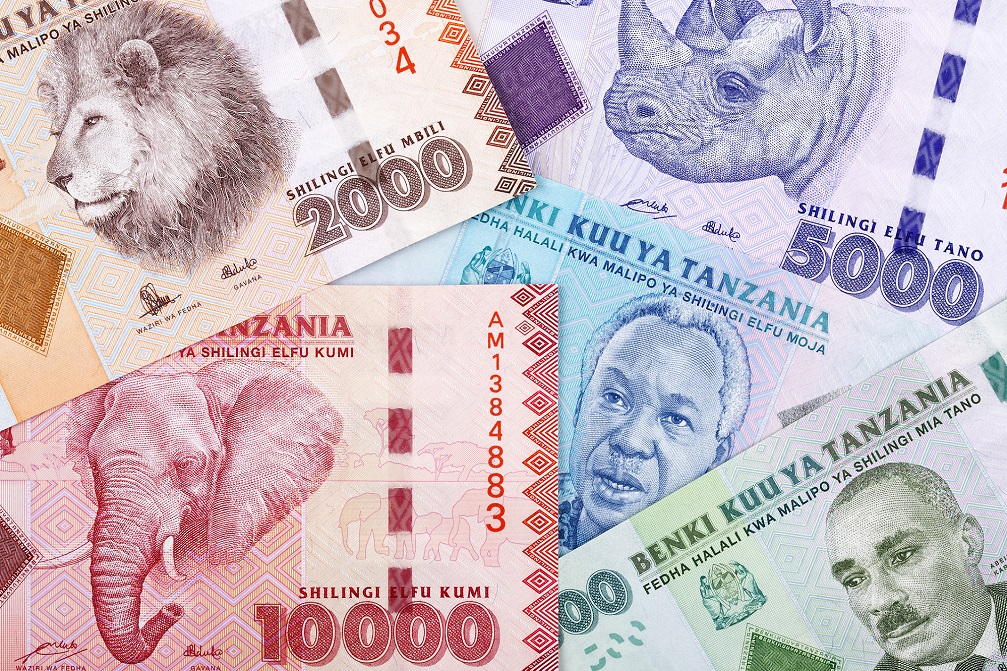


Tanzania’s currency is the Tanzanian shilling (TZS). One shilling is divided into 100 cents. Banknotes range from 500 to 10,000 shillings and coins from 5 to 200 shillings.
All major international credit cards are accepted in Tanzania at hotels and shopping centres. These include American Express, MasterCard, Access, Visa, Euro card and Diners Club, with Visa being the most widely accepted.
Foreign currency can be exchanged at banks, bureau de change and authorize exchanges centres around the country in specific locations like large hotels. If you have US dollars on hand, you can use it to pay for goods and services in Tanzania.
Travellers’ cheques are not accepted in Tanzania any longer.
ATMs are available in most cities and on the islands. They accept MasterCard and Visa. If you plan to go to remote areas or on safari, bring cash along, as you won’t be able to withdraw money or pay for goods with your credit or debit card.
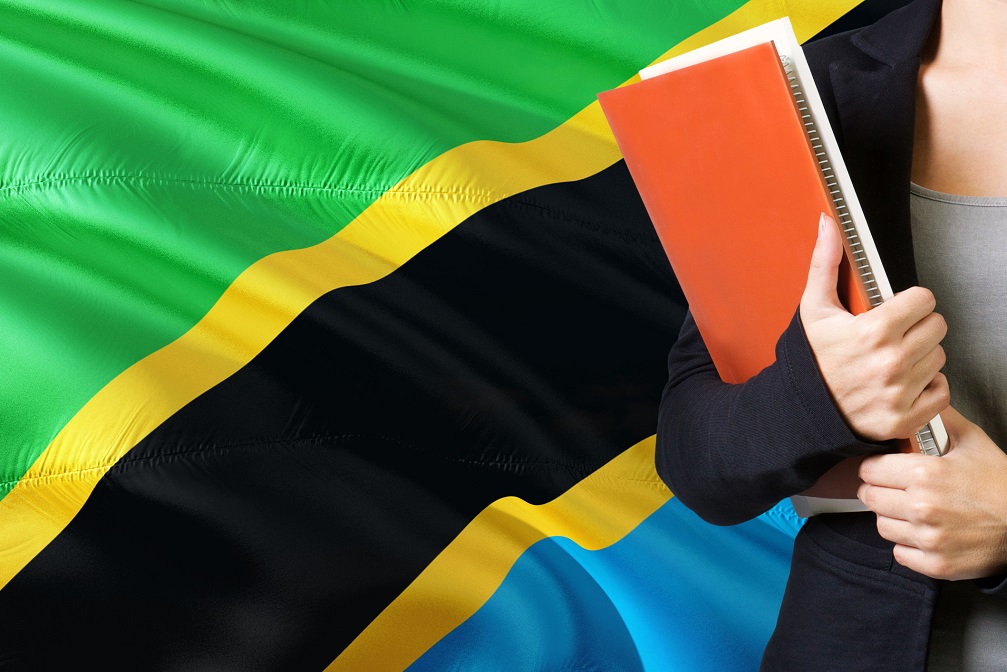


The national language of Tanzania is Kiswahili, a descendant of several Bantu dialects. Kiswahili is the language spoken by almost all Tanzanians along with the Bantu languages specific to their tribes. In a sense, Kiswahili unties the multi-ethnic country.
The official languages of Tanzania are English and Kiswahili.
The Asian minorities speak Urdu, Hindi, Hindustani, Gujarati, and Punjabi. Arabic is also widely spoken because of the sizeable Arab presence and past Arab influence in the country, and French and German.
On the islands of Zanzibar and Pemba, Kiswahili is the lingua franca, but dialects differ.
A trip to Tanzania will be extra special if you can speak the local language, so here are some helpful words and phrases in Kiswahili:
- Hello – Jambo
- Goodnight – Lala Salama
- Goodbye – Kwaheri (or Kwaherini if you are saying goodbye to a group of people)
- Please – Tafadhali
- Thank you – Asante
- Yes – Ndiyo
- No – Napana
- Where is the x?: ni wapi x?
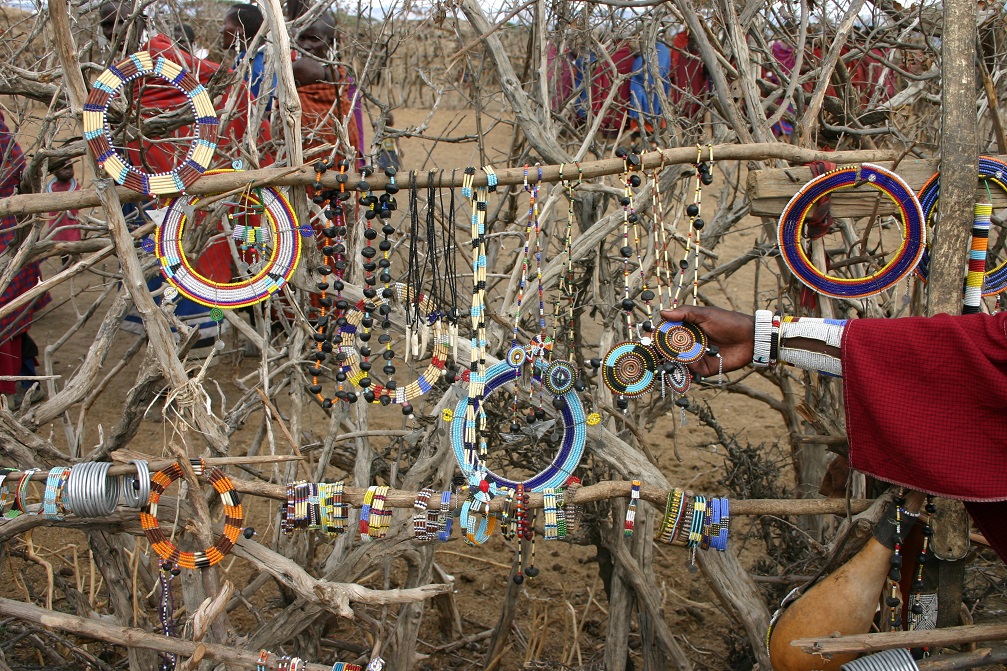


Tanzania’s culture draws from African, Arab, Asian, European, and Indian influences. As a result, it’s one of the most diverse on the continent.
Over 150 ethnic groups inhabit mainland Tanzania. Some groups have merged over the years to form larger groups, while others have faded as Tanzania became more modern. The largest group is the Sukuma, who live in the northern regions of the country south of Lake Victoria.
The minority groups of Tanzania are mainly Asians and Europeans.
The majority of residents in Zanzibar are of African descent and people of two indigenous Bantu groups. Despite the disappearance of Arab influences, Zanzibar is still considered a Muslim town. There’s a strong Arab presence on the island that speaks of its history as a trade hub before the development of ports on East Africa’s mainlands.
People from mainland Africa, the Middle East and the Indian subcontinent have influenced the culture on Pemba Island. Mainly Africans inhabit the island, and Asians form a small minority.
Kin is highly important to Tanzanian’s—they go out of their way to be there for their family on happy and sorrowful occasions.
Tanzanian art forms and creative expressions are unique to their cultures. For example, tribal dances and verbal storytelling are essential cultural practices in rural areas and basket weaving and pottery.
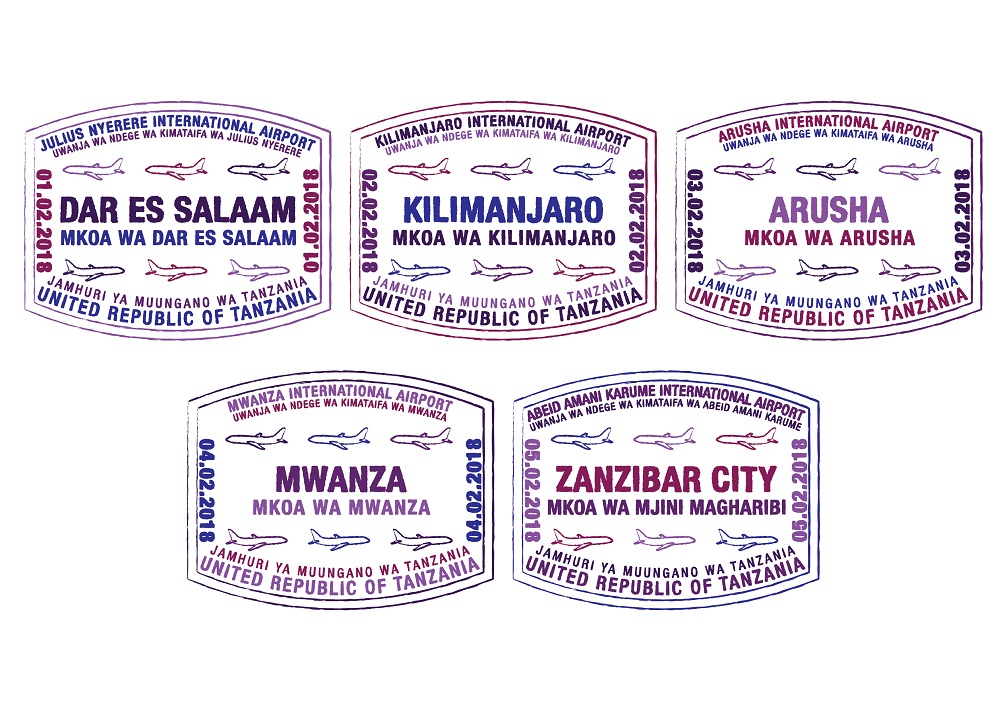


British nationals must obtain a tourist visa to enter Tanzania. Bear in mind that the Tanzania High Commission in London does not issue visas any longer.
The application can be made online via Tanzania’s eVisa system before traveling to the country. Submission, tracking, and approval are conducted through the system.
There is also the option of getting a tourist visa on arrival in Tanzania for a single entry, provided you meet all the immigration requirements. But, multiple entry visas cannot be obtained this way. Officials may also request proof of onward travel (a return ticket or onward ticket).
Your passport should be valid for a minimum of six months from the date of the visa application.
Staying in Tanzania longer than your allowed visa will result in detention, arrest, and a fine before deportation.



Tanzania uses the same plug as in the UK: Type G (three rectangular prongs in a triangle). They also use type D (three large round prongs in a triangle).
It is recommended that you bring along a universal adapter with surge protection and a convertor for hairdryers and hot tools.
The standard voltage in Tanzania is 230V, and the standard frequency is 50Hz.



The country is home to the renowned Mount Kilimanjaro, the highest peak on the African continent, which makes for a challenging hike comparable in some ways to trekking Mount Everest.
A quarter of Tanzania’s land is dedicated to national parks, conservation areas, and reserves. The most notable are UNESCO World Heritage Sites: the Serengeti National Park and the Ngorongoro Conservation Area; both areas are ideal for game drives and viewing the annual migration of wildebeest and zebra.
Not far off from mainland Tanzania are the autonomous territories of Zanzibar, Pemba, and Mafia. These islands and archipelagos are a stunning contrast to the mainland and give Tanzania a tropical charm that appeals to many visitors. Zanzibar is prime for snorkeling and parasailing; Pemba Island for lazing on tranquil beaches and sailing; and Mafia Island for kayaking and diving.



Tanzania is located on Africa’s eastern coast, right below the equator. It shares a border with Uganda, Kenya, and Lake Victoria in the north; Mozambique, Malawi, Lake Nyasa, and Zambia in the south and southwest; and Rwanda, Burundi, and Lake Tanganyika in the west.
The Indian Ocean resides on the eastern side of the country and Tanzania’s offshore Islands and archipelagos: Zanzibar, Pemba, and Mafia.
Tanzania has three geographical regions: the inland plateau, the highlands, and the coastal plains and islands in the east.
The central plateau lies between the East African Rift System that runs through Tanzania in two parts. Desert plains dominate areas with low rainfall. In the north of the plateau, the land is more fertile, and this is where one would find Tanzania’s capital city, Dodoma. The southern region of the plateau is dedicated to the Selous National Park, a UNESCO World Heritage Site.
Forests and woodlands kept alive by the heavy, regular rains in the region characterize the highlands. The Southern Highlands consist of the Fipa plateau and the Kipengere, Udzungwa, and Livingstone Mountains. The largest city in this area is Mbeya.
The Northern Highlands mostly has a mountainous terrain. They contain Tanzania’s most prominent mountains and mountain ranges (Usambara, Pare, Meru, and Kilimanjaro), the world’s largest volcanic depression (the Ngorongoro Crater), and an active volcano (Ol doinyo Lengai).
The Zanzibar archipelago is a tropical paradise located 35 kilometers (22 miles) from Tanzania’s shore in the Indian Ocean. The island is long and low-lying, with small ridges. A few small rivers dominate the gently undulating highlands and drain west into the neighboring sea or coral country.
Pemba Island lies north of Zanzibar. It is the more fertile of the islands and features a hilly landscape. Mafia Island is located south of Zanzibar at the mouth of the Rufiji River and forms part of a small archipelago.
Tanzania has a generous supply of lakes and inland rivers. The two great lakes of the country are Victoria and Tanganyika, while Nyasa is also noteworthy.
Lake Tanganyika is the world’s second deepest lake and houses unique fish species. The lake is part of the western branch of the East African Rift System. The eastern arm (The Great Rift valley) runs from the northeast regions of Africa. It extends through Tanzania to the south, where it splits at Lake Nyasa by the border shared with Mozambique.
Lake Victoria is Africa’s largest lake and the world’s second-largest freshwater lake. About fifty percent of the lake resides in Tanzania, and the remainder is split between Uganda and Kenya.
Some rivers within the country flow into the Indian Ocean. Except, the Rufiji River, the largest in Tanzania, flows into Lake Victoria.



Tanzania’s different climatic zones may make it hard to figure out when to visit the country.
Mainland Tanzania has four climates unique to its geographic zones.
The shoreline along the Indian Ocean has hot and humid weather; the central plateau is hot and arid; the northern highlands are populated with mountains and lakes, notably Kilimanjaro and Natron, and the northeast and southwest highlands have tropical climates to temperate weather.
The offshore islands—Zanzibar, Pemba, and Mafia—are dominated by a tropical and humid climate influenced by the surrounding sea.
The changes in elevation across Tanzania moderate the high temperatures associated with the proximity to the equator. So even though the country’s position beside the equator doesn’t significantly influence the climate, it does the seasons.
Tanzania has a dry and wet season. The dry season is from June to October, while the wet season occurs from December to April, with rain falling in short bursts in the country’s interior.
Rainfall occurs during two periods in the coastal areas and on the islands: from November to December (‘short rains’) and from March to May (‘long rains’).
The best time to visit is during the dry season that runs from June to October. These dry summer months are prime for safaris. But if you want to witness the great migration in the Serengeti National Park, June and July are the best months.



The several ethnic groups residing in Tanzania make Tanzanian cuisine distinct from region to region.
Although the ingredients, spices, and preparation styles differ, carbohydrates are the staple of most meals preferred by Tanzanians. In the south, most dishes consist of rice; in the northwest, plantains are a common supplement to the local diet; and in the north and southwest, Ugali (mashed sorghum and corn) is the main component of meals.
Dishes are made complete with meat, poultry, or seafood, in either a stew or fried, vegetables (beans, sweet potatoes, pumpkin), and spices.
Celebrating special occasions with feasts and heaping platters of food like pilau (rice fried with onions, garlic, and dried spices like cumin and cardamom) is customary for Tanzanians.
Other must-try traditional dishes include Nyama Choma (grilled meat), Mshikaki (marinated meat skewers), and Zanzibar pizza.
Besides the traditional Tanzanian meals, Asian cuisine is also popular in the country. Samosas and chapatis are some of the food found in the larger towns and cities.
Tanzania also has a wide variety of finger food like fried plantains or sweet potatoes, shish kebabs of beef or goat, and dates.



Tanzanians are conservative people, and they value modesty in how they dress. Although this may apply more to villagers in rural areas because people in urban cities are considered more liberal, visitors must still dress appropriately.
When out in public, women should cover their knees and shoulders. Go for loose-fitting pants and long, flowy dresses. Some local women wear headscarves—Islam or other traditions require them to—but you aren’t required to. If you plan on visiting religious sites, make sure your shoulders, arms, and knees are covered. You may also need to wear a headscarf.
Men should avoid wearing shorts. The locals consider this type of dress reserved for boys, so it’s deemed inappropriate for men. Instead, Khaki trousers and dress shirts are the way to go.
For a safari, it’s best to wear breathable, neutral-colored clothing. Anything too bright will spook the animals. Darker-colored clothing is not recommended either because they attract Tsetse flies that bite.
Night-time temperatures can get pretty low, so pack light jackets and jerseys. If you plan to venture out at night, make sure you have long-sleeved garments to cover exposed skin because of mosquitos.
There is a non-negotiable rule against nudity on beaches. Make sure your swimwear isn’t too revealing as well.



Tanzania’s currency is the Tanzanian shilling (TZS). One shilling is divided into 100 cents. Banknotes range from 500 to 10,000 shillings and coins from 5 to 200 shillings.
All major international credit cards are accepted in Tanzania at hotels and shopping centres. These include American Express, MasterCard, Access, Visa, Euro card and Diners Club, with Visa being the most widely accepted.
Foreign currency can be exchanged at banks, bureau de change and authorize exchanges centres around the country in specific locations like large hotels. If you have US dollars on hand, you can use it to pay for goods and services in Tanzania.
Travellers’ cheques are not accepted in Tanzania any longer.
ATMs are available in most cities and on the islands. They accept MasterCard and Visa. If you plan to go to remote areas or on safari, bring cash along, as you won’t be able to withdraw money or pay for goods with your credit or debit card.



The national language of Tanzania is Kiswahili, a descendant of several Bantu dialects. Kiswahili is the language spoken by almost all Tanzanians along with the Bantu languages specific to their tribes. In a sense, Kiswahili unties the multi-ethnic country.
The official languages of Tanzania are English and Kiswahili.
The Asian minorities speak Urdu, Hindi, Hindustani, Gujarati, and Punjabi. Arabic is also widely spoken because of the sizeable Arab presence and past Arab influence in the country, and French and German.
On the islands of Zanzibar and Pemba, Kiswahili is the lingua franca, but dialects differ.
A trip to Tanzania will be extra special if you can speak the local language, so here are some helpful words and phrases in Kiswahili:
- Hello – Jambo
- Goodnight – Lala Salama
- Goodbye – Kwaheri (or Kwaherini if you are saying goodbye to a group of people)
- Please – Tafadhali
- Thank you – Asante
- Yes – Ndiyo
- No – Napana
- Where is the x?: ni wapi x?



Tanzania’s culture draws from African, Arab, Asian, European, and Indian influences. As a result, it’s one of the most diverse on the continent.
Over 150 ethnic groups inhabit mainland Tanzania. Some groups have merged over the years to form larger groups, while others have faded as Tanzania became more modern. The largest group is the Sukuma, who live in the northern regions of the country south of Lake Victoria.
The minority groups of Tanzania are mainly Asians and Europeans.
The majority of residents in Zanzibar are of African descent and people of two indigenous Bantu groups. Despite the disappearance of Arab influences, Zanzibar is still considered a Muslim town. There’s a strong Arab presence on the island that speaks of its history as a trade hub before the development of ports on East Africa’s mainlands.
People from mainland Africa, the Middle East and the Indian subcontinent have influenced the culture on Pemba Island. Mainly Africans inhabit the island, and Asians form a small minority.
Kin is highly important to Tanzanian’s—they go out of their way to be there for their family on happy and sorrowful occasions.
Tanzanian art forms and creative expressions are unique to their cultures. For example, tribal dances and verbal storytelling are essential cultural practices in rural areas and basket weaving and pottery.



British nationals must obtain a tourist visa to enter Tanzania. Bear in mind that the Tanzania High Commission in London does not issue visas any longer.
The application can be made online via Tanzania’s eVisa system before traveling to the country. Submission, tracking, and approval are conducted through the system.
There is also the option of getting a tourist visa on arrival in Tanzania for a single entry, provided you meet all the immigration requirements. But, multiple entry visas cannot be obtained this way. Officials may also request proof of onward travel (a return ticket or onward ticket).
Your passport should be valid for a minimum of six months from the date of the visa application.
Staying in Tanzania longer than your allowed visa will result in detention, arrest, and a fine before deportation.



Tanzania uses the same plug as in the UK: Type G (three rectangular prongs in a triangle). They also use type D (three large round prongs in a triangle).
It is recommended that you bring along a universal adapter with surge protection and a convertor for hairdryers and hot tools.
The standard voltage in Tanzania is 230V, and the standard frequency is 50Hz.
Travel related news, information and inspirational articles and videos for travellers booking flights or holidays to Tanzania. Ask questions about travel in Tanzania and get answers from Tanzania experts
NEWS
Inspiration, Information and Travel Guides
MEET THE Tanzania EXPERTS
If you are looking to book a holiday to Tanzania or needs some help and advice planning travel to Tanzania then contact one of the UK based independent travel agents that specialise in Tanzania itineraries.
FEATURED VIDEOS
Your Travel Questions Answered
Ask any travel related question and get an answer from one of our experts that will provide you with an answer from their personal experience
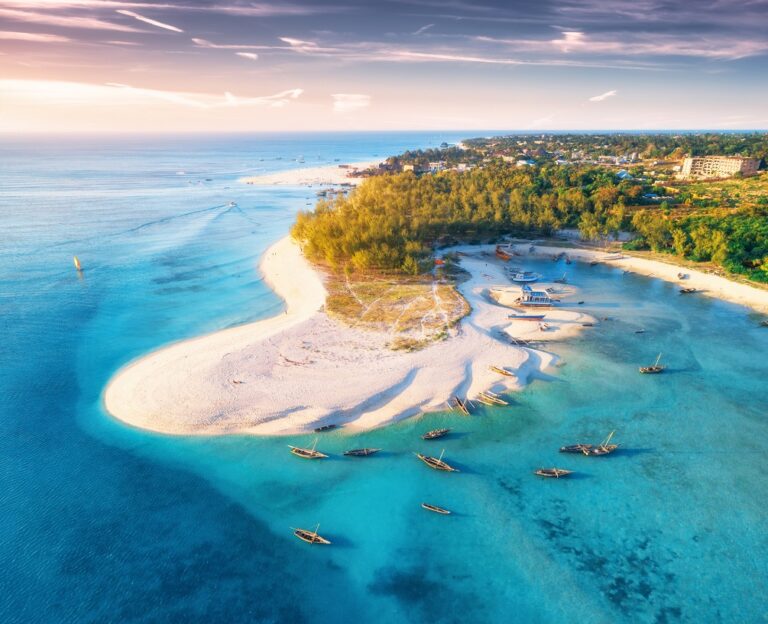

I am interested in spending a holiday in Zanzibar - when are the cheapest times to visit?

